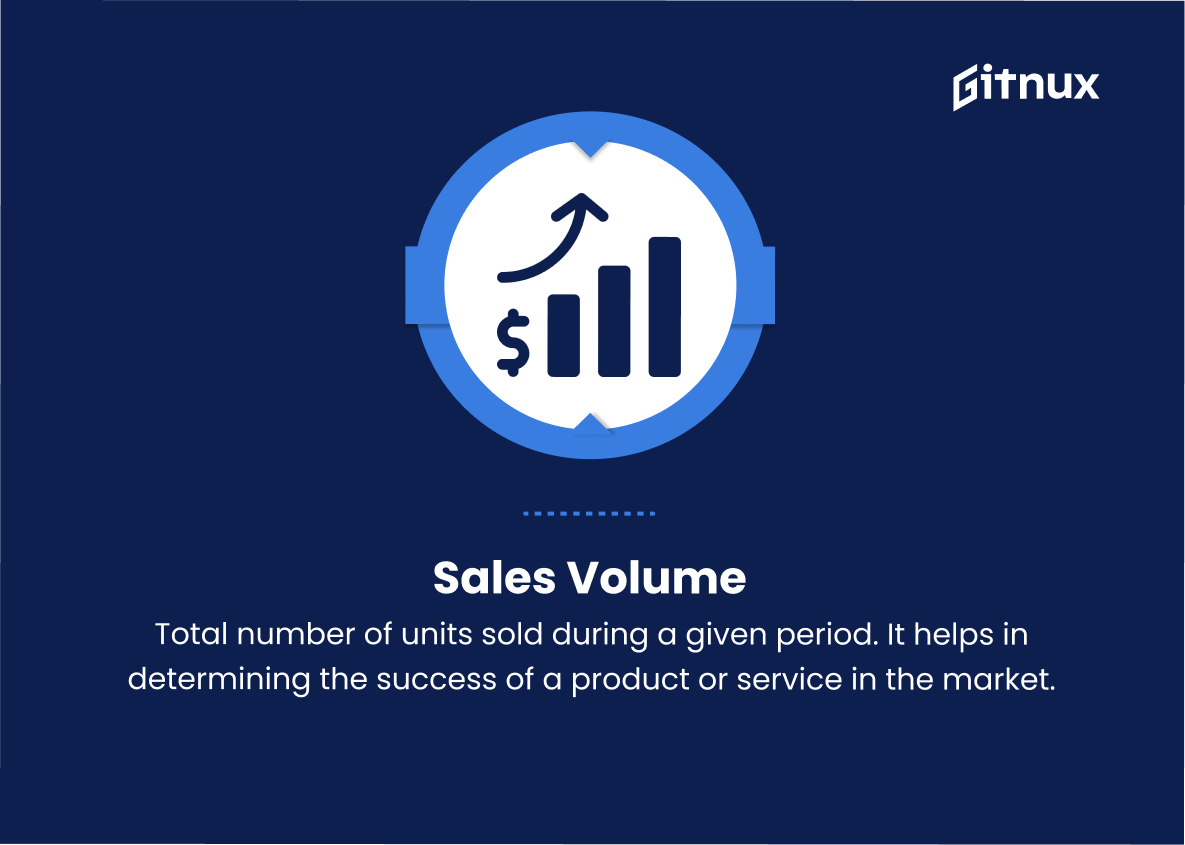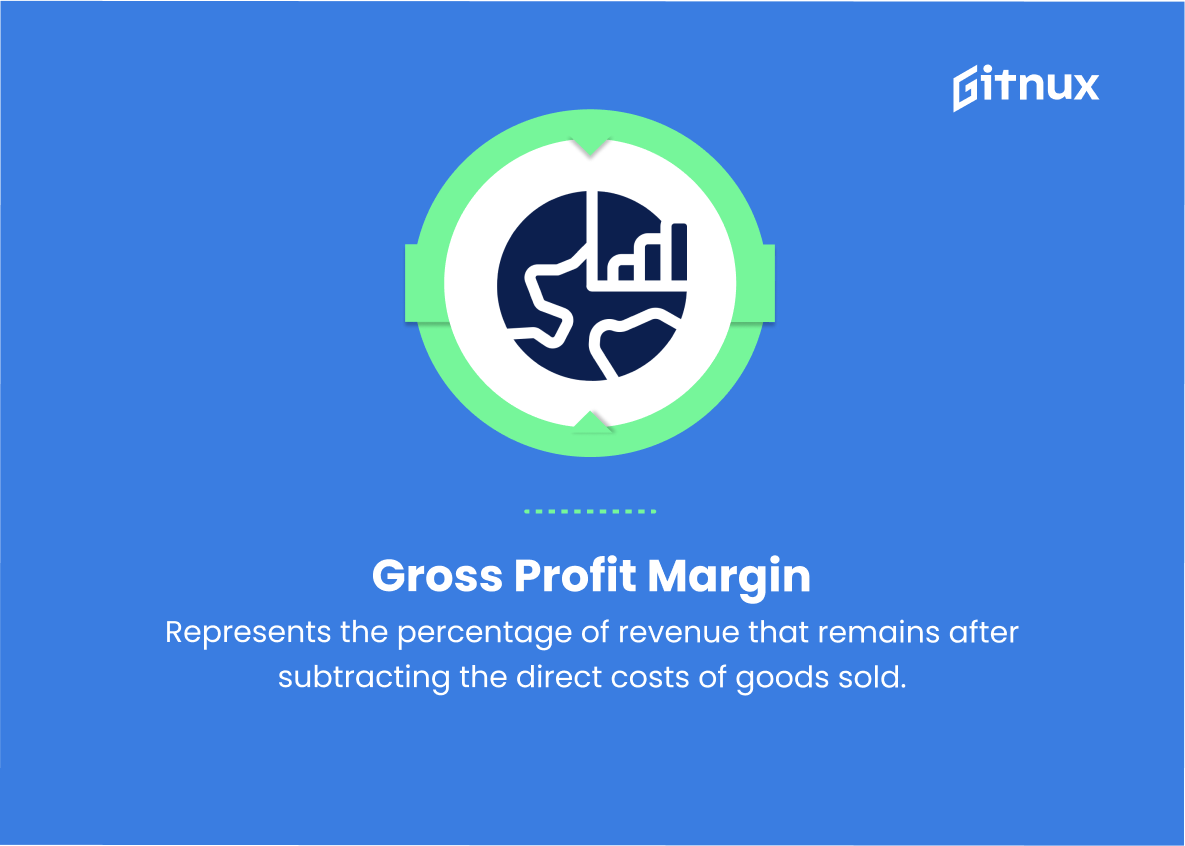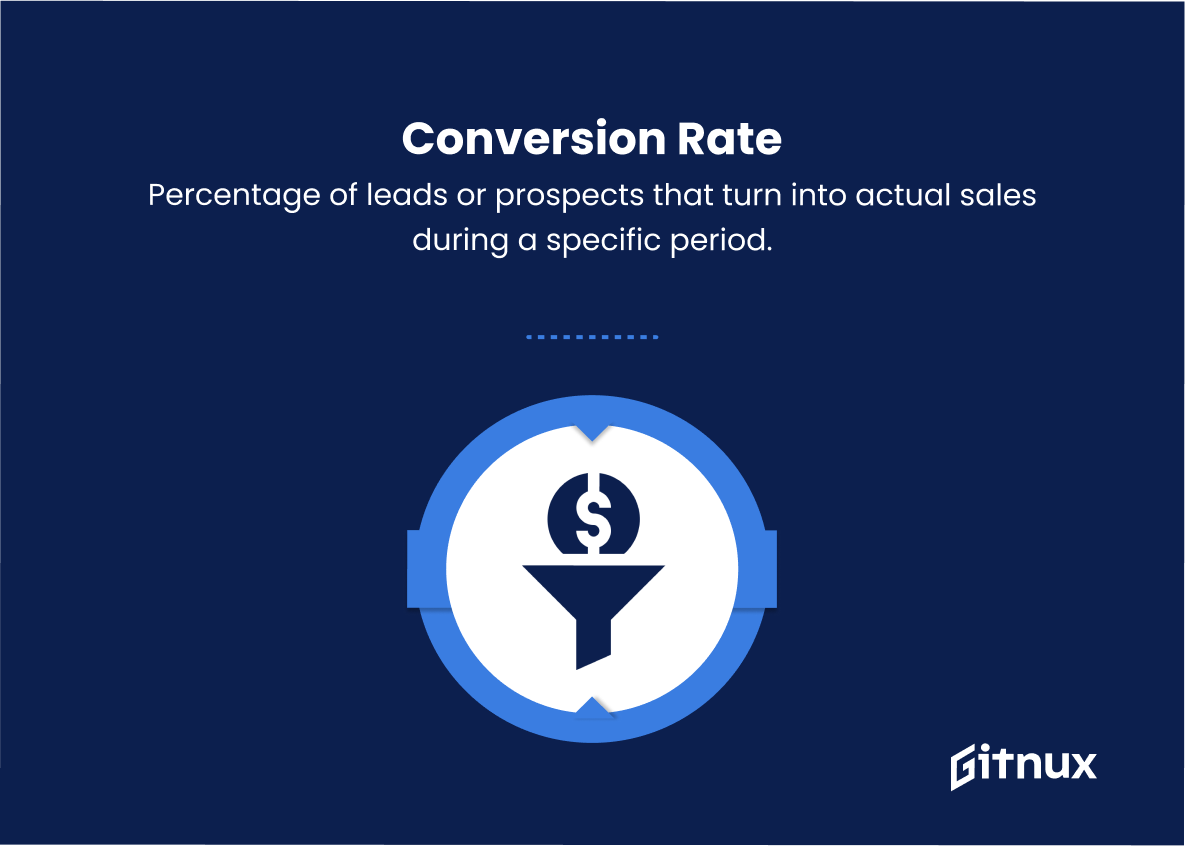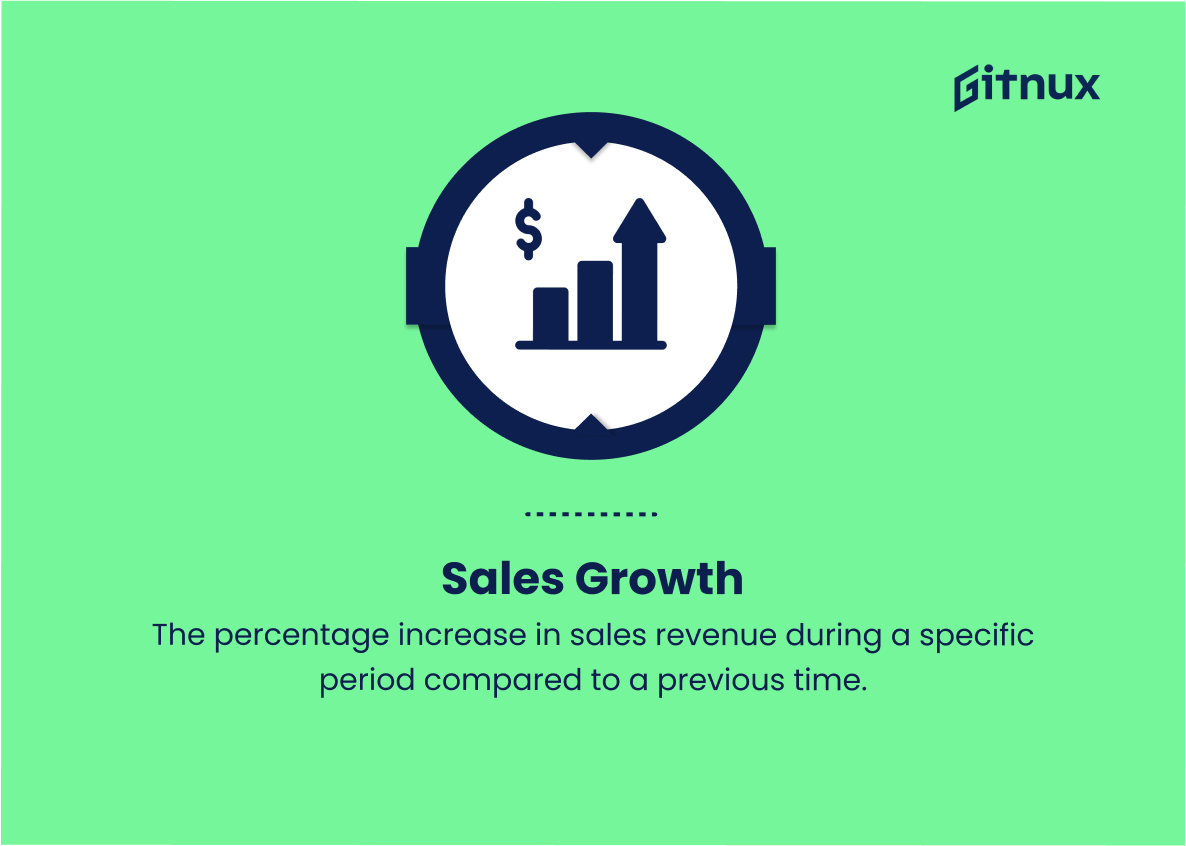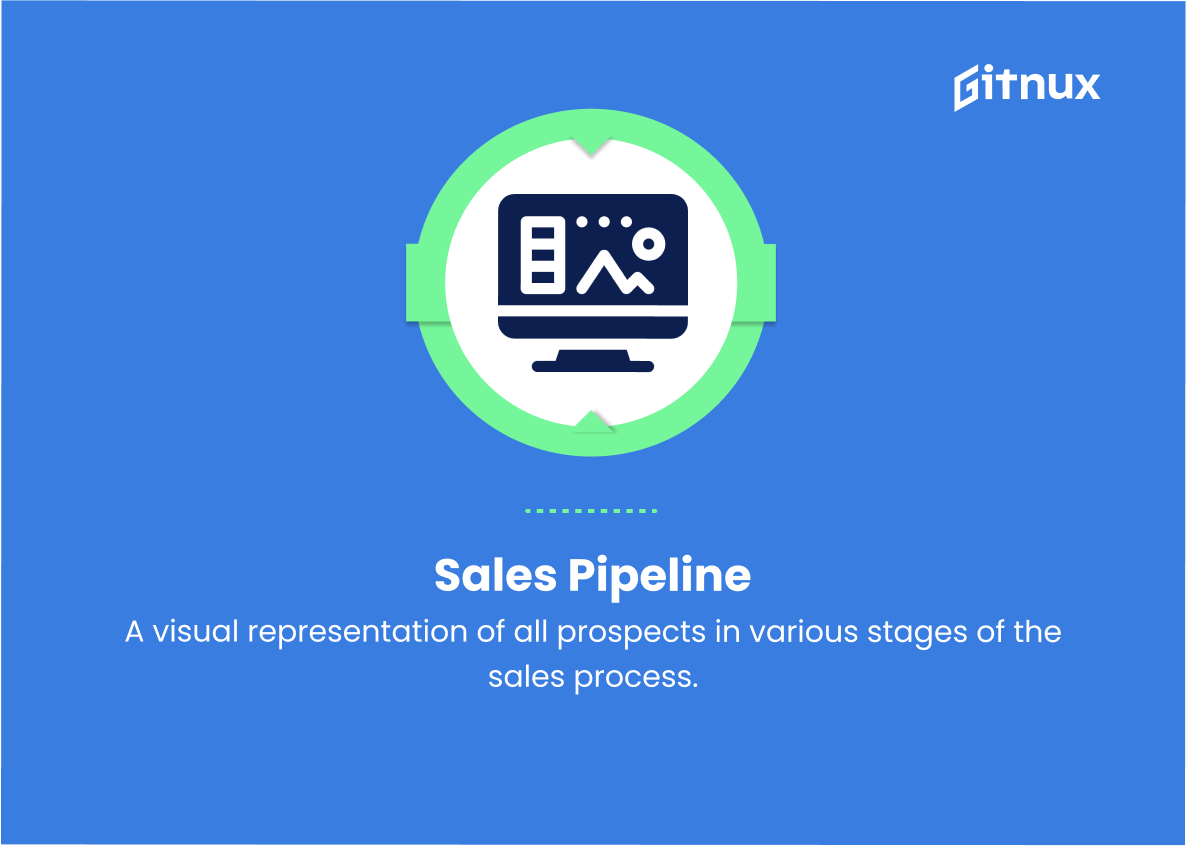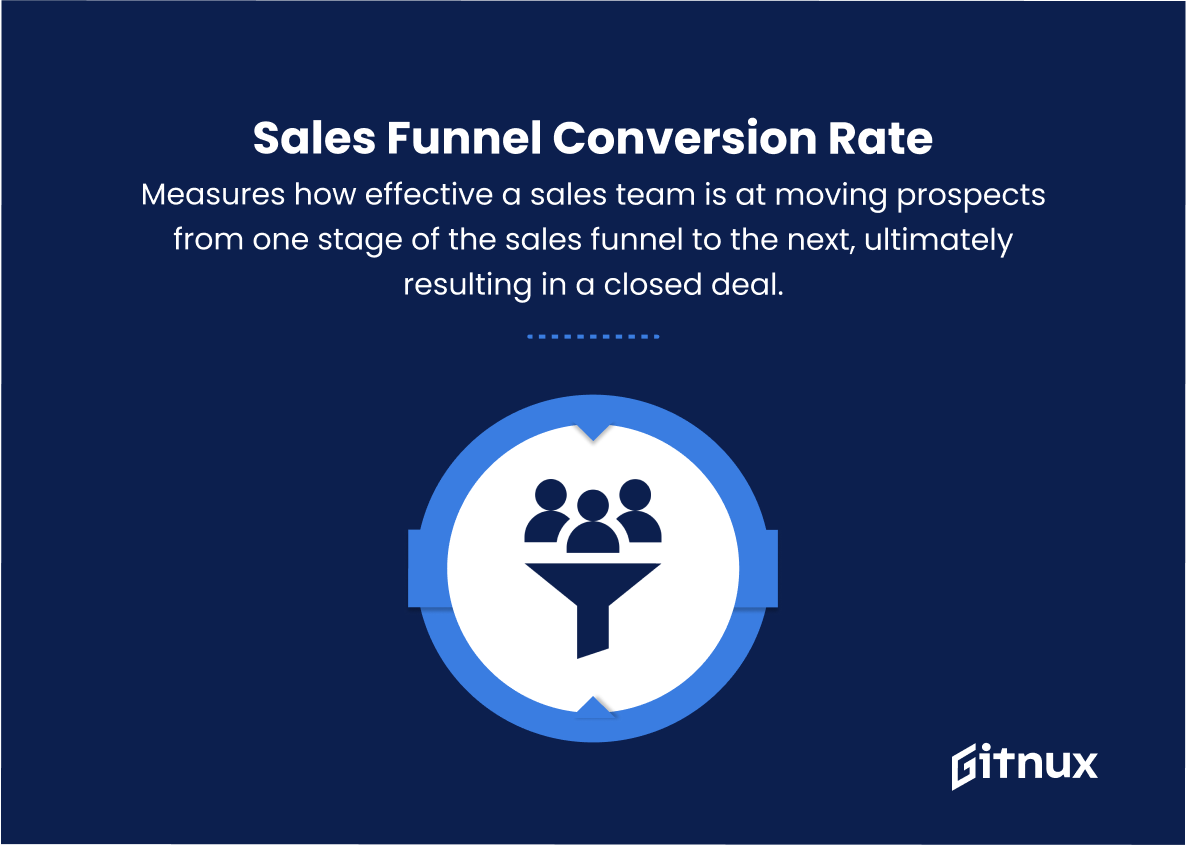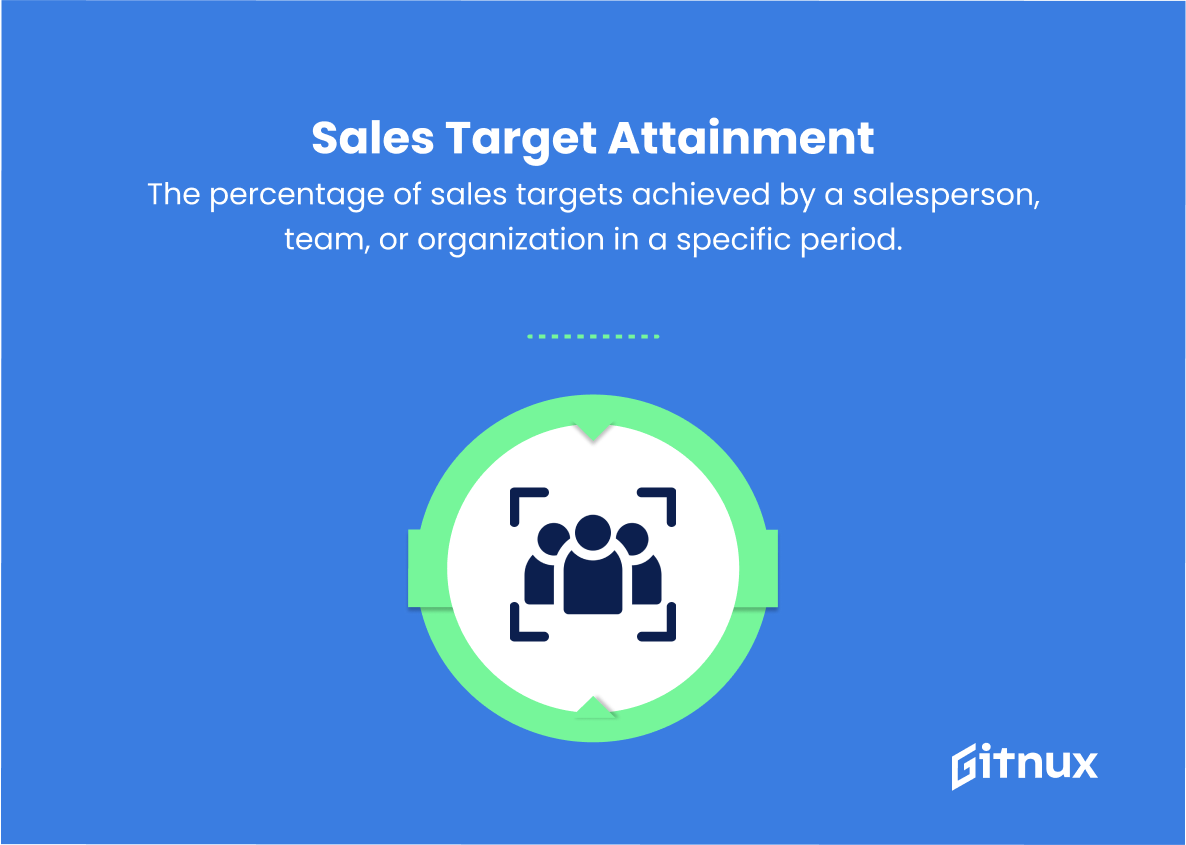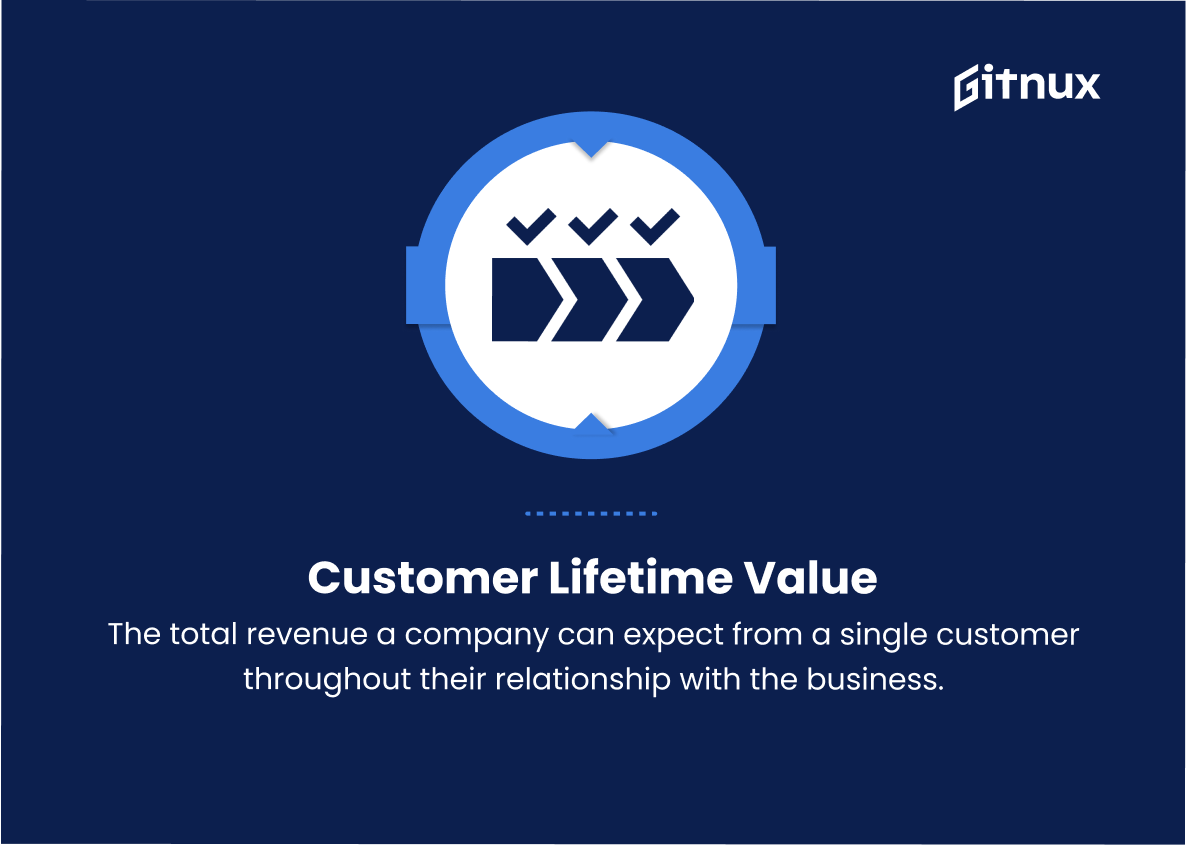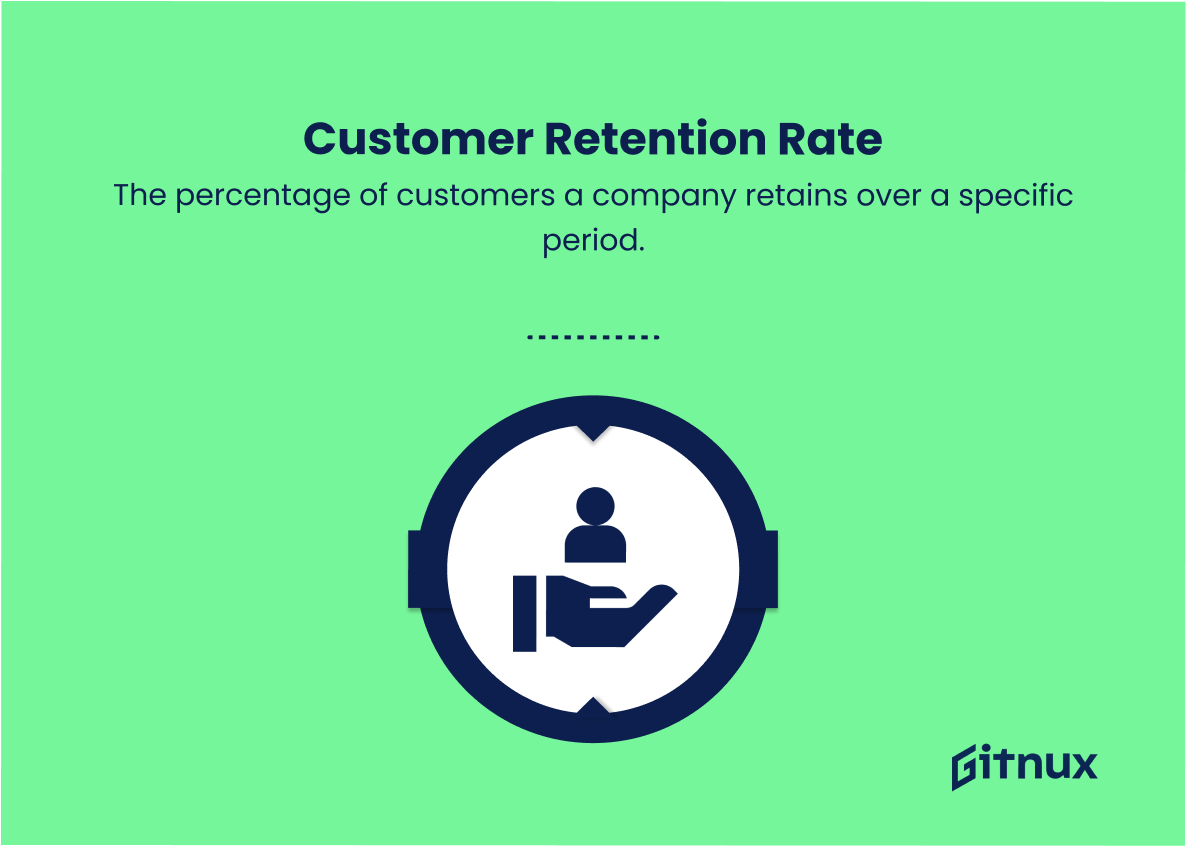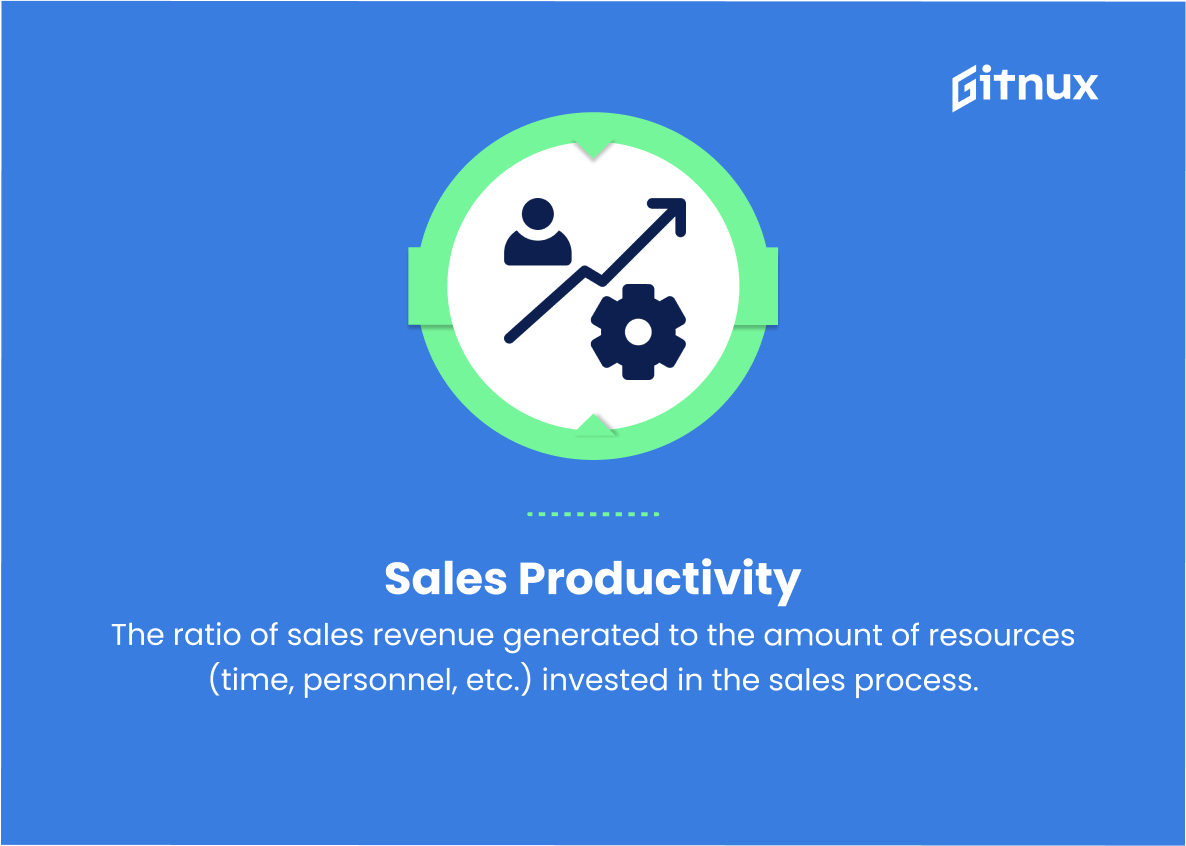In today’s highly competitive business landscape, understanding and optimizing sales performance metrics is essential for any organization seeking to thrive and achieve growth. As the lifeblood of any business, sales drive revenue and ultimately determine the success of a company. Decision-makers, sales managers, and teams need to consistently analyze and evaluate a wide array of performance indicators to identify areas of improvement, maximize the potential of their salesforce, and consistently achieve target objectives. In this insightful blog post, we delve into the world of sales performance metrics, discussing their significance, the critical metrics that drive results, and how organizations can effectively leverage this data to create lasting success in their sales efforts.
Sales Performance Metrics You Should Know
1. Sales Volume
Total number of units sold during a given period. It helps in determining the success of a product or service in the market.
2. Revenue
Total amount of money brought in by sales activities. It is the key measurement of a company’s success in earning money from its operations.
3. Gross Profit Margin
Represents the percentage of revenue that remains after subtracting the direct costs of goods sold. It evaluates the profitability of a product or sales team.
4. Conversion Rate
Percentage of leads or prospects that turn into actual sales during a specific period. It measures the effectiveness of a sales team’s efforts in turning queries into customers.
5. Sales Growth
The percentage increase in sales revenue during a specific period compared to a previous time. It helps identify if the company is growing or shrinking its market share.
6. Average Deal Size
The average revenue generated from each closed sale. It helps to determine the effectiveness of sales strategies and pricing models.
7. Sales Cycle Length
The average time it takes from initial contact with a prospect to closing the sale. A shorter sales cycle indicates higher efficiency, while a longer one may signify complex products or need for improved sales practices.
8. Win Rate
The percentage of qualified leads or opportunities that a sales team successfully closes. It measures the effectiveness of a sales team’s ability to close deals.
9. Sales Pipeline
A visual representation of all prospects in various stages of the sales process. It provides insights into the number of opportunities, their value, and the likelihood of closing a deal.
10. Sales Funnel Conversion Rate
Measures how effective a sales team is at moving prospects from one stage of the sales funnel to the next, ultimately resulting in a closed deal.
11. Customer Acquisition Cost (CAC)
The total cost of acquiring a new customer, including marketing and sales expenses. It helps in evaluating the efficiency of a company’s sales and marketing efforts.
12. Sales Target Attainment
The percentage of sales targets achieved by a salesperson, team, or organization in a specific period. It measures the overall success and effectiveness of a sales team.
13. Customer Lifetime Value (CLV)
The total revenue a company can expect from a single customer throughout their relationship with the business. This metric helps businesses understand their most valuable customers and allocate resources accordingly.
14. Customer Retention Rate
The percentage of customers a company retains over a specific period. A high retention rate indicates satisfied customers and effective sales efforts to maintain relationships.
15. Sales Productivity
The ratio of sales revenue generated to the amount of resources (time, personnel, etc.) invested in the sales process. This metric measures the efficiency and effectiveness of a sales team.
16. Quota Attainment
The percentage of sales quota achieved by a salesperson or sales team within a given period. It helps assess the performance of individuals and teams in reaching their sales goals.
Sales Performance Metrics Explained
Sales performance metrics are crucial in evaluating and understanding a company’s success in the market. Sales volume provides insight into the popularity of a product or service, while revenue showcases the effectiveness of sales operations in generating income. Gross profit margin helps assess profitability, and conversion rate reveals the ability of a sales team to convert leads into customers. Sales growth indicates market share expansion or contraction, and average deal size offers insights into the efficacy of sales strategies. Sales cycle length reflects the efficiency of the sales process, and the win rate demonstrates the team’s skills in closing deals.
The sales pipeline offers an overview of opportunities in various stages, while sales funnel conversion rates measure the ability to move prospects through the funnel. Customer acquisition cost helps evaluate the efficiency of marketing and sales efforts, whereas sales target attainment measures overall success. Customer lifetime value helps allocate resources to the most valuable customers, and the customer retention rate highlights the effectiveness of maintaining relationships.
Sales productivity assesses the efficiency of a sales team, while quota attainment allows for individual and team performance evaluation in reaching sales goals. Overall, these metrics provide valuable insights for businesses to improve their sales performance and achieve success.
Conclusion
Ultimately, sales performance metrics are essential for evaluating the success and effectiveness of a company’s sales strategies, tactics, and objectives. By closely monitoring key metrics such as conversion rates, sales cycle length, and average deal size, organizations can make better-informed decisions and fine-tune their approach to optimize results. In a competitive business landscape, employing data-driven practices can lead to improved sales performance and increased company growth. As you continue to measure and analyze your sales performance, remember that the goal is constant improvement and adaptation to ensure lasting success.
